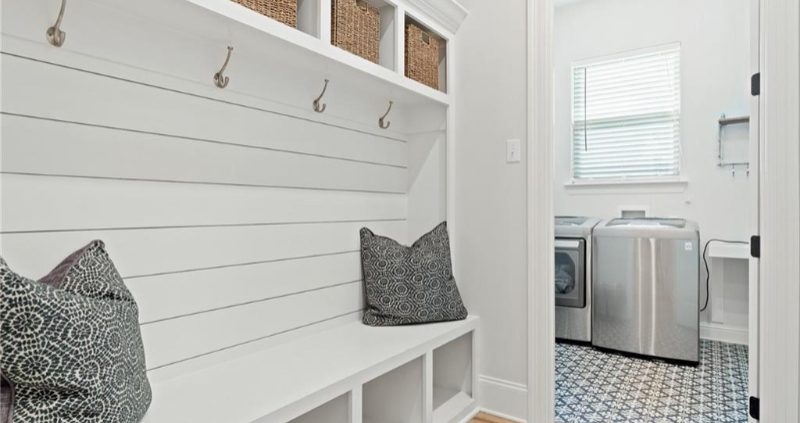Steps To Take To Enhance Your Air Indoor Quality During Allergy Season
 Air indoor quality is important but it is especially important during allergy season.
Air indoor quality is important but it is especially important during allergy season.
Understanding air quality and how to control it is a must. Allergy sufferers need to especially be mindful of their indoor air quality during peak allergy season, the spring. Triggers such as dust, mold and pet dander are all found indoors. Here are some tips on how to improve your home’s air quality.
The First Step Is to Test
Testing indoor air quality is a great way to find out what is in the air of your home that can be harmful to your health. There are many devices to choose from for testing the air, so which do you choose?
When investing in a monitor, look for solutions that monitor all of the key air quality parameters: temperature, humidity, CO2, fine particulate matter and volatile organic compounds,” says Jennie Bergman, senior product manager of indoor environmental quality at Trane Residential. “You can also lean on a trusted local HVAC dealer for a whole-home indoor air quality assessment so you can make an educated purchasing decision based on your own family’s indoor comfort needs and air quality concerns.”
Level Up Your Indoor Air Quality
If the air quality in your home is not up to par, there are many things you can do to improve it. Options range from installing products that help keep the air clean to increasing ventilation through your HVAC unit and regularly changing the filters in your at-home appliances.
The best option is to install a whole-home air-cleaning device. This will remove asthma and allergy triggers. These include dust, pollen, pet hair and dander, dust mites and mildew. Another great thing is to use air cleaners. These will reduce airborne pollutants and certain bacteria.
Picking the Right Products
Just like with anything else, choosing the right product is important. The air-cleaning system you choose must be certified as asthma and allergy-friendly.
“When seeking out air-filtration products, look for certified products from trusted parties,” Bergman says. “Allergy Standards Ltd. and the Asthma and Allergy Foundation of America run the Certified Asthma & Allergy Friendly® program.”
Keep Up the Quality
Improving the air is the first step, once this is completed, then it must be maintained. A simple solution to this is to change your filters more often.
“Dirty filters restrict airflow, making your system work harder and reducing its efficiency,” she says. “A good rule of thumb is to change your filter every season. Regular cleaning or changing of your filter will ensure the best filtration, increase the life of your machine and give you peace of mind that you’re breathing easier.”
Comfort at Home Guaranteed
Having an air quality monitor is a great way to maintain comfort and air quality. These monitors can alert you when your air quality is in question and how you should improve it. A simple option to help alleviate poor air quality is to open the windows or turn on your air filter. By doing these things, you can help eliminate pollutants in your indoor space making it a healthier and allergen-free indoor environment.
Click Here For the Source of the Information.



